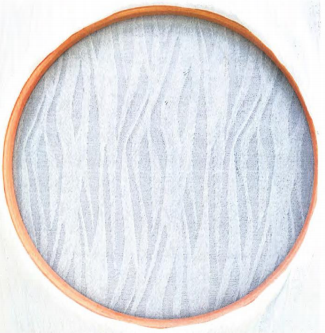Locations
Cofemel held that the only requirement for copyright subsistence in designs is originality. This has called into question whether the UK's additional requirement of "artistic quality" was compatible with EU law and whether a change of approach was required.
In Response Clothing Ltd v The Edinburgh Woollen Mill Ltd [2020] EWHC 148 (IPEC), the judge, Hacon J, has confirmed that a requirement of artistic quality is no longer a hurdle that needs to be overcome.
CJEU ruling in Cofemel
The case of Cofemel-Sociedade de Vestuário, SA v G-Star Raw CV (C-683/17) was a significant ruling in mid-2019. In this decision, the CJEU held that the concept of a "work" should be applied consistently across member states. As a result, the only requirement for designs to enjoy copyright protection is to be original.
For the UK, this looked to impact the legality of section 51(1) of the Copyright, Designs and Patents Act 1988 (CDPA), which requires an artistic quality for copyright to subsist in designs (except for typefaces) in addition to being original. Italy and Germany have similar requirements for a high level of artistic value. For the countries with extra hurdles for a design to be eligible for copyright protection, the judgment clearly instructed a change of approach.
The Cofemel decision also confirmed that exhaustive lists of what can be protected by copyright (as listed in section 1 CDPA 1988) are incompatible with EU law. Further, it was held that, as with the definition of "work", the notion of "fixation" should be harmonised across member states. Whilst the Berne Convention allows individual signatory countries to decide on their own approach to fixation, across the EU there should be a uniform approach.
Response Clothing Ltd v The Edinburgh Woollen Mill Ltd
In this UK case, the claimant and defendant were both clothing companies. Response supplied The Edinburgh Woollen Mill ("EWM") with a top in a patterned fabric.

When Response decided to raise the price of the tops, EWM refused the price hike and instead gave a sample of the fabric to other clothing suppliers and commissioned tops from the new suppliers instead.
Response commenced proceedings against EWM for copyright infringement. This was on the basis that the "wave arrangement" design on the fabric was protected by copyright as either: (a) a graphic work; or (b) a work of artistic craftsmanship.
IPEC's decision
The claim to the fabric being a graphic work was swiftly found to fail. Hacon J in the IPEC (see his judgment) found that the definition could not be stretched to include a fabric, whether made on a loom or a knitting machine.
When considering whether the fabric was a work of artistic craftsmanship, the judge reviewed the Cofemel decision above and how the CJEU "ruled that national law could not impose a requirement of aesthetic or artistic value".
In this case, the judge did not go any further as it was clear that the fabric did have an artistic quality. That said, it seems that even if it did not, copyright would have been held to subsist on the basis that it being "original" was sufficient.
Comment
The judgment in Response appears to accept the important practical implication of the Cofemel decision that is to exclude any requirement for a work to have aesthetic appeal. We await to see a case where this will impact the decision for in this case, the fabric in question was held to have artistic quality in any event, so it was not necessary for the judge to rule definitively on the application of Cofemel. It was also a first instance decision by IPEC.
This may now start to open the doors for reliance on copyright to protect a much wider range of designs. We look forward to seeing just how wide the net of copyright can be stretched in the coming months and years by the UK courts.

